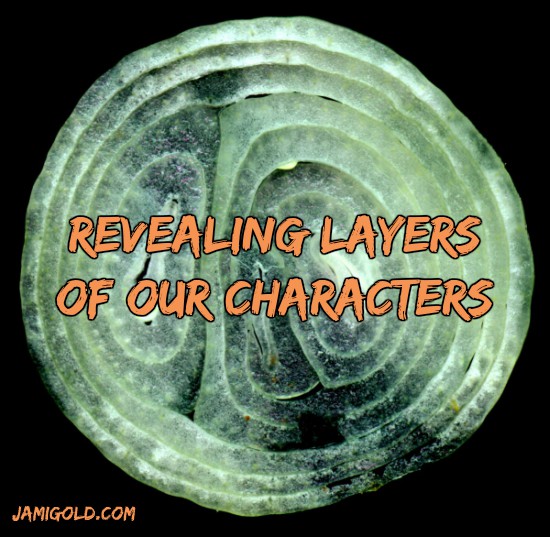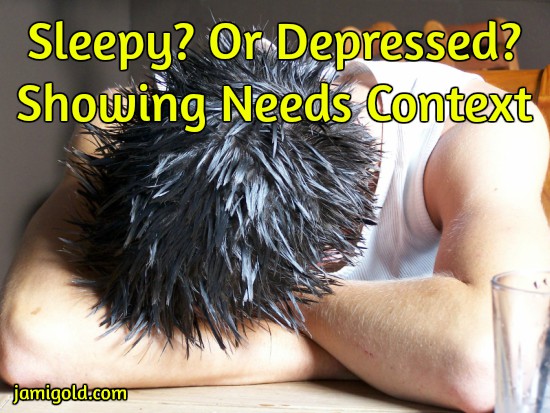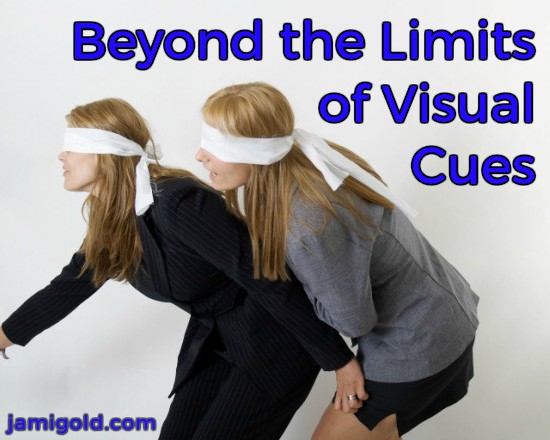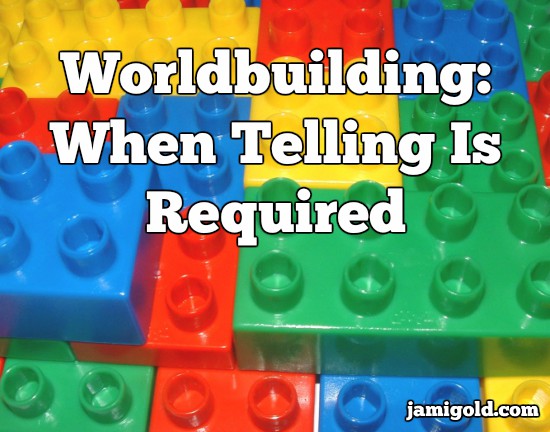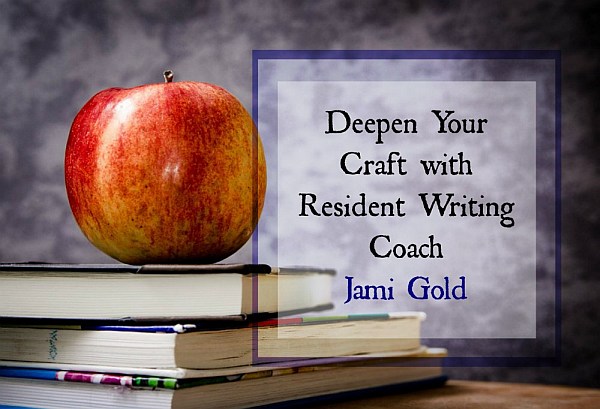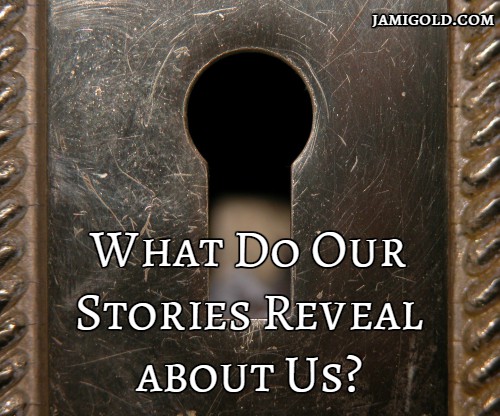After we finish brainstorming and start trying to assemble our ideas into a story, that’s the perfect point in our writing process to avoid major problems by questioning what story issues we might run into before we write too many words.
Pin It
Read More
Just as our characters can have inner and outer layers, the same applies to their goals. Those two types of goals can give them internal and external arcs. But what do we mean by conflicting goals—and how do false beliefs play a role?
Pin It
Read More
In the writing world, we’ve probably heard the advice to create layers in our stories and characters. But the word layers can refer to many different aspects of writing, so let’s take a deeper look at one aspect of layering: character layers.
Pin It
Read More
We reveal our story through countless decisions in every scene, and we sometimes know which options seem right for our story. But other times, we might not be sure. In those cases, how do we decide which way to play out a scene?
Pin It
Read More
The implication of the advice to “show, don’t tell” is that showing is “better” than telling when our story actually needs both. Let’s explore what “show, don’t tell” really means when it comes to storytelling.
Pin It
Read More
The word showing obviously makes us think visually, but same as us, our characters experience the world through more than just their visual sense. What are our options for showing beyond visual descriptions? Can we create a deeper world by engaging other senses?
Pin It
Read More
In the writing world, we often hear the advice to “show, don’t tell.” I’ve mentioned before that telling isn’t bad or something to be avoided at all costs, and a fantastic post by Cecilia Tan points out how the advice can actually be harmful.
Pin It
Read More
Whether we want to know for real-life purposes or for our writing, Bran’s post today helps us identify elements of healthy romances. Authors need to be careful of sending readers the wrong message. Everyone deserves to be in a healthy, loving relationship—including our characters.
Pin It
Read More
It’s time for another post as a Resident Writing Coach over at Writers Helping Writers, and this time we’re talking about plot holes, especially the kind that sneak into our stories.
Pin It
Read More
How much of yourself is in your writing? This question can dig much deeper into who we are than just the superficial, and the more we’re aware of our influences, the more we can improve our stories.
Pin It
Read More



